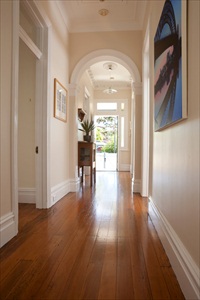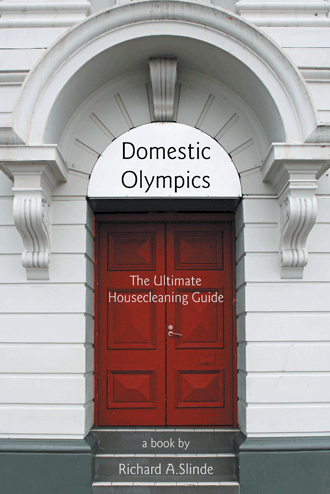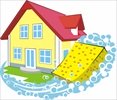Wood Flooring Care
Wood Flooring Care:
It wasn’t until the early 1600’s that wooden floors were used in North America. For the first time plank flooring was set down and people could now enjoy the warmth of wood beneath their feet.
Although the wood was not sanded and polished, over time by generations of feet walking over them, they would shine.
In the early Victorian era wood floors were being mass produced and the tongue oils from china were not very durable to the floors, so they were hot waxed and buffed with brushes.
If that had to be done today, wood floors would be eliminated if for no other reason than we just don’t have the time to keep them up.
But fortunately for us, tongue and groove came along and solved a major problem. Floors became more durable and easier to care for.
As time went forward, history shows that we covered them over with carpeting, and now a new renaissance is taking place and the carpeting is being pulled out and the floors are being brought back to their original glory.
The care of these floors can bring great rewards to those willing to undertake this responsibility.
If your floors fall into this category and are 50 to 100 years of age, then you probably have floors that are waxed, but will no doubt have a layer of shellac under the wax.
What that means is that your Wood Flooring Care will be the removing of the wax and the redoing of the shellac.
HERE'S THE PROCESS
- · Test a small area
- · To remove the wax use mineral spirits, this will dissolve the wax and let you know if there is a layer of shellac underneath. By rubbing some denatured alcohol on the wood this will tell you if there is a layer by dissolving it.
- · If it’s in good shape, you can, once all of the wax has been removed, re-layer the floor with another coat of shellac. With the Wood Flooring Care, The wonder to all of this is that the new layer will be suspended in the denatured alcohol and this will dissolve the old layer and bring the two together seamlessly. .
- ·
Once finished with the shellac, you can now lay
down the wax. Choose something
appropriate for your wood and follow the directions that the manufacturer has
given. Usually several layers is
required for best Wood Flooring Care.
- · If all of this is too much for you on your own, then bringing in a professional can make this all go a little easier. If for no other reason than finding out exactly what kind of wood you are dealing with, how old it really is, and what are the best finishes, a professional can be your answer. They don’t have to do the work for you, but can guide you through the right process.
ONCE ALL OF THIS HAS BEEN DONE, IT'S TIME TO TALK ABOUT CARING FOR YOUR FLOORS.
- · If you are concerned about anything that may scratch your floors, then a good soft bristle broom is best.
- · If you’re more concerned with dust, then a good dust mop will do the trick.
- · You can also use a vacuum cleaner, just be sure nothing is on the bottom that will scratch the floors.
- · After removing the dust from the floors, it’s time to wash them. There are two trains of thought here. Some believe that a little vinegar in the water is ok. Some believe that to be taboo. And only warm water with a mop that has been rung out so dry it could cough dust is the only way to wash your floors. Just remember any water left behind that soaks into the wood can damage it down the road. It can also change the color of the wax.
- · You may want to buff the floors after washing to bring back the shine. This can be done with a large soft towel also.
- · One other thing to remember is that anytime you place a carpet down over the wood, make sure it does not have a rubber lining . The chemical reaction from the backing will change the color of the wax.
- · Enjoy your floors, you’ve worked hard to make them shine for you.
Resources: Wood Flooring Care
house cleaning guide / contact us / legal disclaimer / privacy policy /site map /







